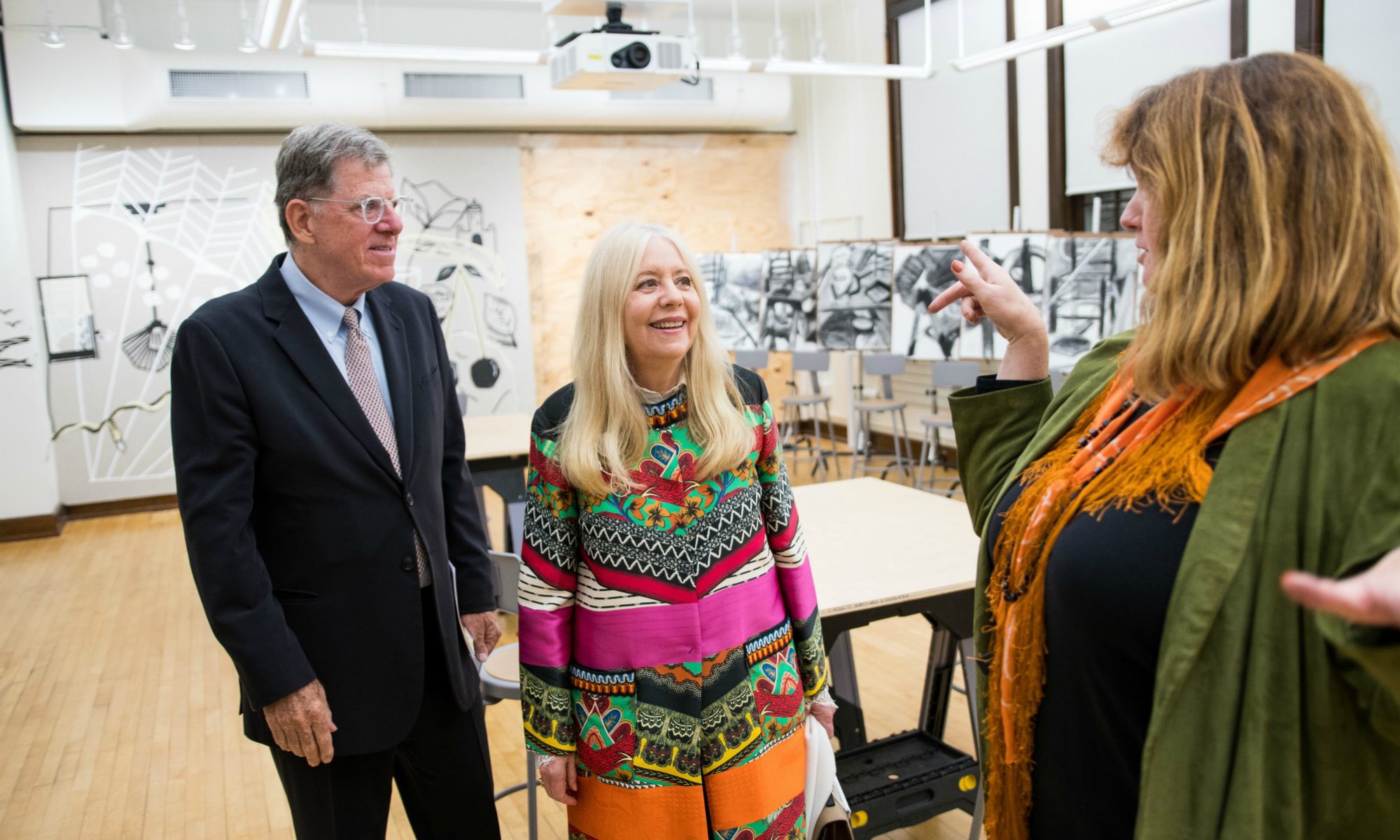Residents and property owners are more likely to adopt some green stormwater infrastructure practices if they have experienced flooding or erosion on their property or in their neighborhoods, according to new research from the University of Vermont.
With the number of extreme precipitation events on the rise, the research, published in Landscape and Urban Planning, suggests more households will turn to ecologically friendly practices to manage and direct stormwater.
Importantly, successful adoption of these practices cannot depend on a one size fits all approach, said the study’s lead author Sarah Coleman. Rather, efforts to improve stormwater management should consider the specific needs and motivations of households in the context of their social, physical, and ecological landscape.
“We tend to think of stormwater management as a separate thing, when really it’s baked into our entire landscape. If our natural habitat is altered, it changes how the water moves and we necessarily have to manage that water,” said Coleman. “As we understand more about the impact of climate change on water quality, we need residents and landowners to steward water management practices to address different types of runoff, erosion, and flooding challenges.”
Coleman, who recently completed her PhD in ecological landscape design and environmental governance in the UVM Department of Plant and Soil Science, was interested in better understanding landowners’ likelihood to adopt solutions like green stormwater infrastructure across different landscapes using spatial analysis. While at UVM, she was a graduate fellow of UVM’s Gund Institute and her research was supported by Vermont EPSCoR with funds from the National Science Foundation.
Together with UVM co-authors Stephanie Hurley, Christopher Koliba and Asim Zia from the College of Agriculture and Life Sciences and Donna Rizzo from the College of Engineering and Mathematical Sciences, she conducted a statewide survey of Vermont residents to evaluate how different factors, including past experience with stormwater and flooding problems, location within different towns and watersheds, and perceived barriers to adoption, impacted their likelihood to implement specific stormwater management practices, such as rain gardens, infiltration trenches, or diverting roof runoff.
Of the 577 survey respondents, 65 percent had either adopted or intended to adopt at least one of the seven green stormwater infrastructure practices identified in the survey. Residents and property owners’ motivation for adopting individual green stormwater infrastructure practices varied with their residence type and location, as well as household demographics, barriers, and social norms.
Households that had experienced stormwater and flooding problems and perceived stormwater to be a problem in their neighborhood were significantly more likely to have adopted or expressed the intention to adopt at least one green stormwater infrastructure practice. Additionally, living in a more densely populated or urban area increased the likelihood of adoption, or having the intent to adopt.
Christopher Koliba, co-author of the study, added, “The research suggests that as extreme events like floods increase, more and more households will be interested in implementing stormwater management practices. We also hope it raises awareness about the role individual citizens can play in protecting our water resources – before a storm hits.”
Koliba, Coleman and their co-authors conducted this research as part of a larger, interdisciplinary Vermont EPSCoR research team, including faculty, postdoctoral, and graduate student researchers from both the social and natural sciences, who study complex questions surrounding adaptation to climate change in the Lake Champlain Basin.
Over the past century, heavy rainfall has increased in intensity and frequency across the U.S., with the largest observed changes occurring in the Northeast, according the Climate Science Special Report from the National Oceanic and Atmospheric Administration. In August 2011, Vermont was hit by Tropical Storm Irene, which caused historic flooding and destroyed or damaged more than 2,400 roads and 800 homes and businesses across the state.
“Understanding factors that influence residents’ motivations to adopt different stormwater management strategies is critical to help policymakers, municipalities and watershed organizations encourage and support effective stewardship of these practices,” said Coleman. “We need a flexible, adaptive approach to help tailor outreach and education strategies across diverse populations and landscapes.”
Source: UVM News

